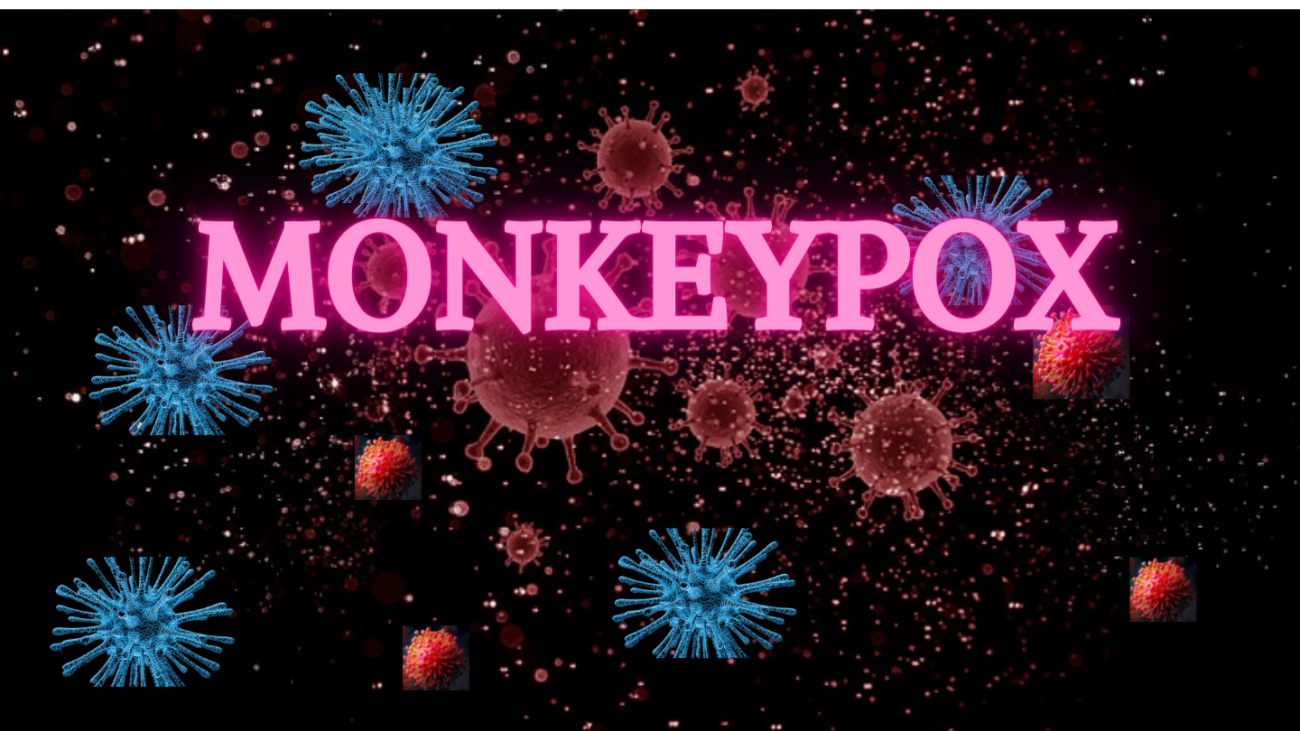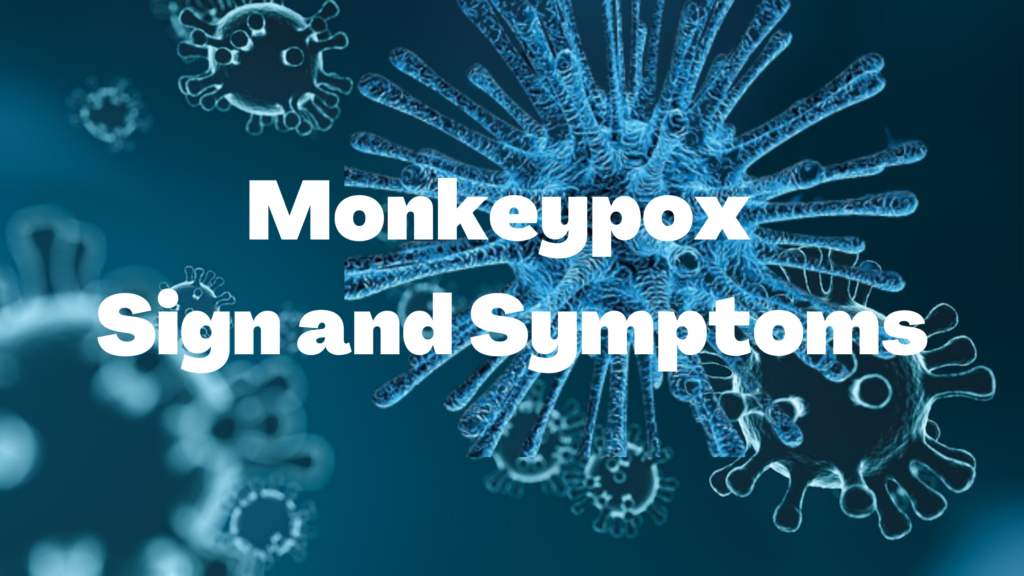Monkeypox
The virus that causes monkeypox is a rare condition that resembles smallpox, and it has been spotted in many parts of the world. It results in symptoms that resemble the flu, including fever, chills, and a rash that can take weeks to go away. Monkeypox has no known cure, but it typically goes away on its own.
Signs and Symptoms
- Monkeypox is a rash condition brought on by the monkeypox virus. Monkeypox can spread through any close contact, including:
- Direct contact with lesions, sores, or scabs brought on by the illness.
- Monkeypox can also be spread through sexual contact, whether it is intimate oral, anal, or vaginal contact.
- Monkeypox patients experience a rash that may appear on or close to the genitalia (penis, testicles, labia, and vagina), anus (butthole), or other places like the hands, feet, chest, face, or mouth.
- Coming into contact with items that someone who has monkeypox used (clothes, linens, surfaces.
- Prolonged face-to-face contact with someone who has monkeypox and being exposed to their respiratory droplets or oral .fluids
Other signs and symptoms of monkeypox include:
Headache
Fever \ Chills
Enlarged lymph nodes
Exhaustion
Back pain and muscle aches
Respiration issues such as sore throat, nasal congestion, or cough
Prior to the rash, some people experience flu-like symptoms.
Some people first experience a rash before experiencing other symptoms, and some people only get a rash. This rash frequently appears a few days later. The rash initially appears as painful, flat, red bumps. These lumps develop into blisters that ooze pus.
The blisters eventually crust over and fall off; the entire process can take two to four weeks. Additionally, sores in the mouth, vagina, or anus are possible.
Not every monkeypox patient experiences every symptom. Many cases in the current (2022) outbreak aren’t exhibiting the typical constellation of symptoms.
Only a few lesions, no swollen lymph nodes, a lower fever, and fewer other symptoms of illness are present in this atypical presentation. You may possess it without realising it.
Who are those susceptible to Monkeypox
Although monkeypox can affect anyone, many of the people who have recently been diagnosed with it self-identify as men who engage in male to male sexual activity.
The virus enters the body through rubbed or broken skin, as well as mucous membranes on the eyes, nose, mouth, or genitalia. No specific gender, sexual orientation, or social network is responsible for the virus’ spread.
What is the duration of Monkeypox Symptoms?
After being exposed to the virus for three weeks, monkeypox symptoms typically appear. When experiencing flu-like symptoms, a rash typically appears 1-4 days later.
Until the rash has healed, all scabs have fallen off, and a new layer of skin has formed, monkeypox can spread from person to person. Usually, the illness lasts two to four weeks. Some people only get a rash.
The diagnosis of Monkeypox
Given the low prevalence of monkeypox, a health professional may initially suspect other rash illnesses like measles or chickenpox. However, enlarged lymph nodes typically set monkeypox apart from other poxes.
Your healthcare provider collects tissue from an open sore to diagnose monkeypox. Then, a lab performs a polymerase chain reaction (PCR) analysis on it.
A blood sample may also be required to check for the monkeypox virus or the antibodies your immune system produces to fight it.
Treatment for the Monkeypox
Monkeypox is not specifically treatable. Your doctor will probably recommend rest, lots of fluids, and over-the-counter medications to keep you comfortable and prevent serious complications.
Antivirals, vaccinia gamma globulin, and the smallpox vaccine are all options that physicians have when trying to contain an outbreak of the disease.
Recent smallpox vaccinations (within the last 3 years) provide some protection from monkeypox. According to studies, the smallpox vaccine has an 85% success rate in preventing monkeypox.
Newer antivirals may be used, but supportive care is the main form of treatment for monkeypox. The majority of infected people recover within a few weeks without treatment because the illness is typically mild.
To help people manage their symptoms, high standard medical and nursing support should be given.
FAQ
Chickenpox Versus Monkeypox
Monkeypox and chickenpox are caused by different viruses, despite the fact that they both cause skin rashes. The herpes virus causes chickenpox, whereas the orthopoxvirus causes monkeypox.
Although prolonged face-to-face contact or skin-to-skin contact can spread both viruses, chickenpox is more contagious and spreads more quickly than monkeypox. Swollen lymph nodes are more common in monkeypox patients than in chickenpox patients.
The rashes also behave differently. Monkeypox sores appear at the same time as the chickenpox rash, which can manifest itself in waves. Monkeypox symptoms last between two and four weeks while chickenpox symptoms, including the rash, typically subside within two weeks.
Smallpox versus Monkeypox
Monkeypox and smallpox are both caused by distinct but related viruses because they are both members of the orthopoxvirus family. By 1980, smallpox was eradicated (no longer a disease that circulates) as a result of effective vaccinations. Compared to monkeypox, smallpox was more contagious and spread more quickly. The symptoms of monkeypox are similar to smallpox but less severe.



